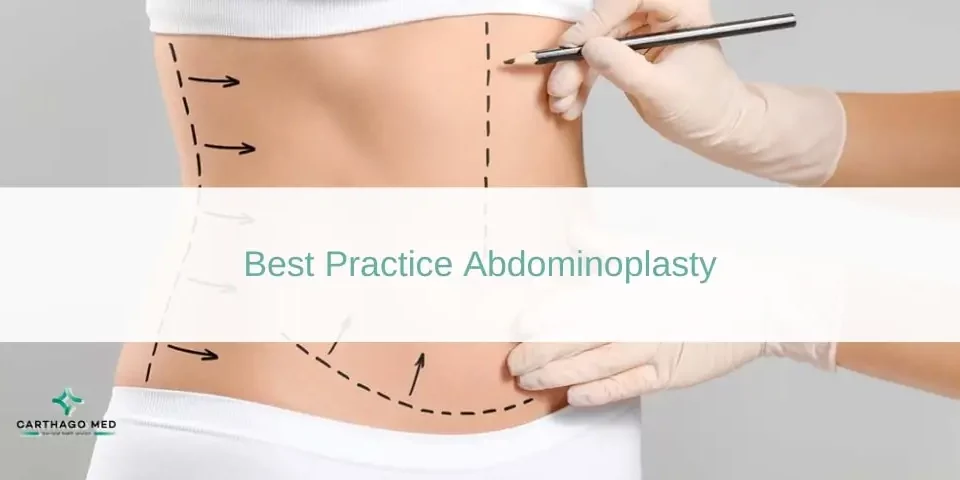
How to get rid of saddlebags
While many women feel insecure about their saddlebags and wish to address them surgically, others choose to practise specific sports that target these fatty deposits (such as adi-boxing, aquabiking, crossfitting and running). Other women; however, have recourse to diets, physical therapy and slimming creams. Since saddlebags do not respond well to dieting and exercising, the quickest and most effective solution to get rid of them is cosmetic surgery.
What are Saddlebags?
If you've ever wondered about those stubborn fat deposits on your outer thighs, you might be dealing with a common concern known as "saddlebags." These subcutaneous fat deposits, typically found in the hip and thigh area, can affect both men and women, but they are more prevalent among those with a pear-shaped body. Achieving an hourglass figure often involves addressing these troublesome areas.
What Causes Saddlebags?
Saddlebags, those stubborn pockets of fat that tend to accumulate around the thighs, hips, and buttocks, can be a source of frustration for many people, especially women. Understanding the underlying causes of saddlebags is essential to effectively address this common concern.
Genetics
One significant factor contributing to the development of saddlebags is genetics. Family genetics play a crucial role in determining our body's shape and fat distribution. Some individuals may inherit a predisposition to store excess fat in the lower body, resulting in what is often referred to as a "pear-shaped" physique. This genetic tendency can make it more challenging to eliminate saddlebags through diet and exercise alone.
Hormones
Hormones, particularly estrogen, also play a pivotal role in the formation of saddlebags. Hormonal imbalances, which can occur during various life stages such as pregnancy, breastfeeding, and menopause, can lead to changes in fat distribution. For instance, during pregnancy and breastfeeding, the body tends to store fat in preparation for the energy demands of pregnancy and supplying breast milk to the baby. This can contribute to the development of saddlebags in women during these phases. Hormone replacement therapy, often used during menopause, can further impact fat distribution and potentially lead to the accumulation of fat in the thighs and buttocks.
Muscle Atrophy
Another key factor contributing to saddlebags is muscle atrophy. A stationary lifestyle, common in today's office-centric world, can lead to a lack of physical activity. This sedentary lifestyle can result in weakened glutes, upper hamstring muscles, and lower back muscles, which are essential for maintaining proper muscle tone in the buttocks and thighs. Muscle atrophy can cause the surrounding tissues to become less firm and supportive, allowing excess fat to become more noticeable. Inactivity exacerbates this issue, as the muscles lose their ability to efficiently burn calories and maintain a toned appearance.

How is the surgery performed?
Liposuction of the thighs and buttocks consists in the aspiration of excess fat using thin cannulas inserted in the buttock folds. The procedure is performed under general or local anaesthesia (depending on the treated area) and lasts from half an hour to an hour. It is generally performed on an outpatient basis. During surgery, the surgeon also treats the internal knees and thighs to achieve a balanced appearance of the buttocks and thighs.
What are some key aspects to consider in recovery and post-operative care?
After surgery, it's common to experience bruising and swelling, but rest assured, these effects will gradually diminish over the course of a few weeks. Additionally, patients may encounter some discomfort or pain, but the doctor will provide prescribed antalgics to help alleviate these sensations. To ensure the best possible containment of the treated areas, it's important for the patient to wear supportive garments, such as panties, both day and night for a minimum of three weeks. In terms of physical activity, the surgeon advises patients to begin slow walking as early as the day following the surgery. However, it's important to note that engaging in more strenuous sporting activities should be postponed for at least three weeks to promote a smooth and successful recovery process.
What were the results of the surgery?
Results of the intervention are visible after three to six months. The patient may enjoy their newly-refined silhouette, which can be further ameliorated with the adoption of a healthier lifestyle.
Are there any other methods or options to remove saddlebags?
Lipotomy is another alternative, which aims at dissolving unwanted greasy clusters without any surgical acts. The intervention is performed under local anaesthesia and it consists in injecting physiologic serum to the treated areas. Under high osmotic pressure, fatty cells become subject to intracellular hyperhydration and explode. Cell debris are evacuated through the lymphatic system. Lipotomy can be associated with other non-surgical procedures like laser therapy, radiofrequency, or ultrasound. The results of the latter are similar to those of a regular liposuction, but are less prominent. Lipotomy also requires wearing contention panties for a period of fifteen days. The non-surgical act is also performed by cosmetic doctors (rather than cosmetic surgeons).









